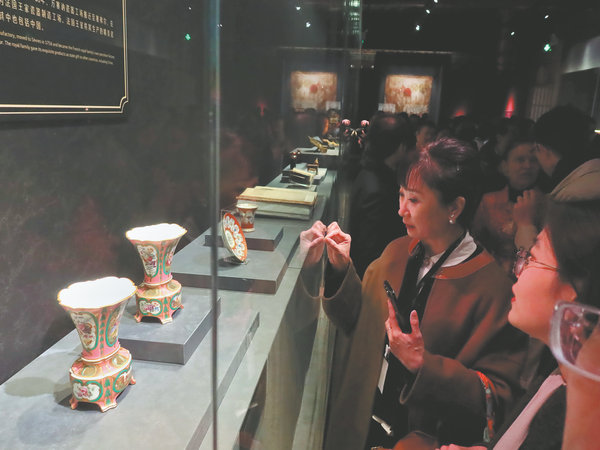

"In Europe, there are scarcely any great houses whose antiquity can be compared to those of the (noble) families of China," Voltaire once wrote.
"It perhaps reflects his utmost respect for China," De Rochebrune says.
Voltaire also admired ancient China's system of governance, in which rulers were surrounded by a group of knowledgeable and reasonable elites. He advocated for the best educated to become civil servants, providing key inspiration for Enlightenment-era Europe.
It is no wonder then, that a portrait of Voltaire, from the collection of the Palace of Versailles, was specifically chosen for the exhibition, where most of the other individual portraits are of royalty.
When French and Chinese state leaders met in Beijing last year, an agreement was reached to mount this long-awaited event. The exhibition, which runs until June 30, is a flagship cultural event that is part of the much-vaunted celebrations surrounding this year's 60th anniversary of the establishment of diplomatic ties between China and France.
The Palace Museum and Versailles also drafted a new plan for future collaboration involving exchanges of exhibitions and personnel, joint research and conservation of relics.
This means that a story that began nearly 350 years ago, in which the history of the Forbidden City and the Palace of Versailles became inextricably intertwined, continues into a new era.
